May 20-21 marks the anniversary of Charles Lindbergh’s first solo flight across the Atlantic. While pilots were making flights across the Atlantic in 1927, none had ever dared to do it alone. Even 89 years later, the world is in awe of the tenacity and innovation that made such a seemingly impossible human achievement a reality, making us curious about young Charles Lindbergh. What led him to take this special place on the timeline of aviation history?
Born in 1902, a year before the first successful airplane was even invented, Charles Lindbergh was a farm boy from Minnesota. Lindbergh spent his days feeding animals and shoveling stalls. In fact, it is likely that the only airplane Charles Lindbergh ever saw as a child was the one flown by a barnstormer who showed up in his town to allow the locals a closer look and the chance to pay for the privilege of a short ride. While young Charles didn’t get to go up in that plane, when he returned to life as usual—tending to animals and tinkering on the engines of tractors and motorcycles—he dreamed about flying.
Eventually, he headed off to the University of Wisconsin to study mechanical engineering, but those dreams of flying in an airplane were still tucked in the back of his mind. During his second year at Wisconsin, he heard about a company in Nebraska that was buying old military planes and fixing them up to fly in air shows. He couldn’t shake the idea that a company like that could use someone like him—someone who was good at fixing things and loved airplanes—so he left school and headed west. Before long, not only was he fixing planes, he was going up in planes with pilots and learning how to fly.
The rest, as they say, is history. He went on to hone his flying skills both in the army and as the pilot of an airmail carrier which required him to navigate potentially dangerous flying conditions on a regular basis. And, in 1927, he got the financial backing he needed to buy the Spirit of St. Louis and fly solo across the Atlantic to claim the $25,000 Orteig Prize.
At a time when conversations about “college and career readiness” have focused on increasing reading proficiency, we feel that stories like Charles Lindbergh’s are of particular importance because they demonstrate something that these conversations seem to be glossing over—that children’s interests can offer important clues about who they can become. In our book Reading Wellness, we include a lesson called “Heart, Head, Hands, and Feet,” which speaks to the importance of reading picture book biographies that tell childhood stories of people who changed the world. These beautifully illustrated, eloquently narrated stories link the earliest childhood inspirations of influential people, such as Oprah Winfrey, Pablo Neruda, Jimi Hendrix, Jane Goodall, Michael Jordan, Peter Roget and Melba Liston, to the amazing work they did as adults. What’s more, many of these books described the important role that reading and writing played in helping them travel the path that led them to where they wanted to go.
We invite you to explore the Heart, Head, Hands and Feet (HHHF) picture book biographies with your students and to use them in conjunction with the Heart, Head, Hands and Feet lessons as your students follow their interests into their futures. To see a complete list of Heart, Head, Hands and Feet picture book biographies available at Booksource, click here.
Booksource Recommendations


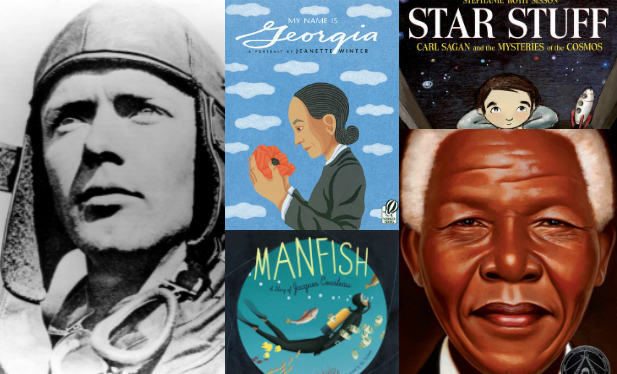
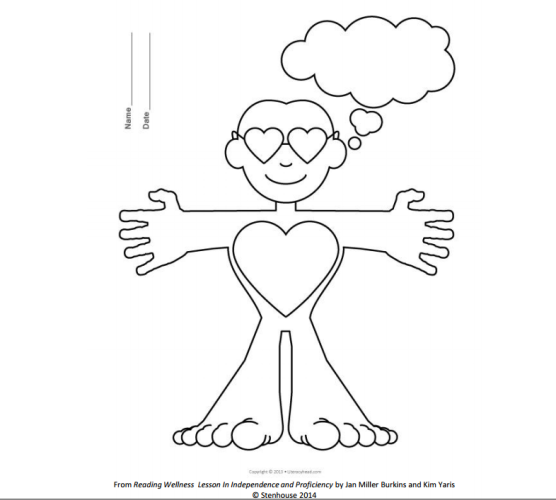
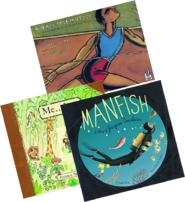
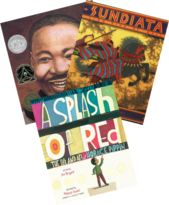
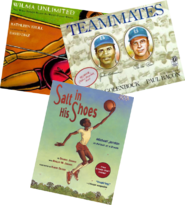



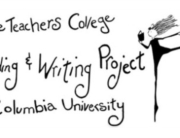

Leave A Comment